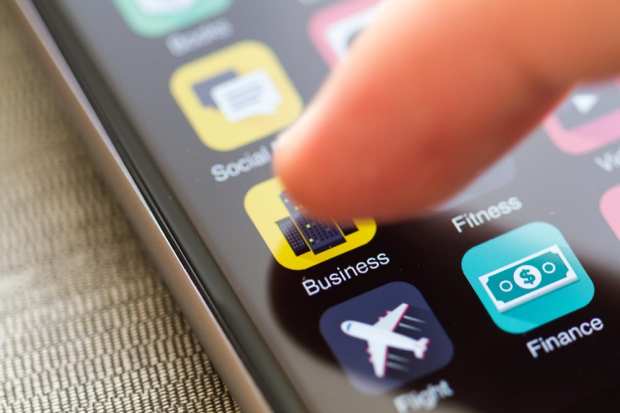Global App Spending Hit $101M In 2018, Driven By Developing Market Growth

Smartphone sales may be slowing, but the apps that consumers like to download and use on those phones are getting plenty of attention — quite literally. Consumers spend, on average, three hours of their day (or a month and a half of their year) using their mobile devices, during which time they download some 194 billion phone apps.
Those downloads are led, it turns out, by China, which alone accounted for nearly half of the total apps downloaded last year, according to App Annie’s new “The State of Mobile 2019” report. And that dominance came during a slowdown in the Chinese smartphone market, as well as some games being frozen on the market.
All in, Chinese consumers were behind 40 percent of the $101 billion in app-related purchases in 2018 — including paid downloads, in-app purchases and in-app subscriptions. Gaming far and away led the field in terms of app downloads and spend.
According to App Annie, much of the high levels of activity in the Chinese market can be ascribed to rather high levels of fragmentation. In large cities — think Beijing or Shanghai — the markets are large, well developed and technologically advanced. Users download fewer apps but spend more time on the apps that they do have and are more likely to make in-app purchases.
“But you also have this big long tail of tier 3, tier 4 cities where, actually, people have never even had a smartphone. They’re still getting a smartphone for the first time,” Jaede Tan, a regional director at App Annie, told CNBC. “If you combine those two things together, that’s why China’s such an engine of growth.”
Chinese tech firms command about 32 percent of global consumer tech spending, bringing in about $19.6 billion in revenues annually. Top American firms generated about 22 percent of that revenue pot, according to CNBC.
And Asia as a whole, not just China, will continue to be a major engine powering the next phase of mobile growth globally, according to Tan, as consumers in nations like India and Indonesia are connecting to the web for the first time, mostly through phones. They aren’t yet spending at the same levels digitally that Chinese consumers are, but it is early days still and the Chinese example if nothing else demonstrates exactly how quickly a market can go from zero to 60 on going digital if properly motivated to do so.
“In China, that catalyst for spending on the phone came from WeChat Pay,” he said, adding that the first mobile purchase is always the hardest. “After that, it’s a snowball effect.”
And that effect, according to App Annie’s data, is starting to show up in the Indian marketplace. In terms of absolute downloads, India trailed only China, according to the report. Of particular interest were food and drink purchases, along with video streaming.
“Consumers around the world ‘sourced’ food and drinks through apps 130 percent more often in 2018 than in 2016. India witnessed the strongest growth of 900 percent in food delivery apps during this period,” the report said. According to the App Annie report, food delivery apps were also in high demand in Canada and the U.S., though the growth was somewhat less remarkable that the 900 percent increases seen in India. In the U.S., the category grew 255 percent, while in Canada food delivery was up 175 percent.
India also led the world (trailed by the U.S. and Brazil) when it came to number of hours of video streamed per year. Social communication applications were also list-toppers, with Facebook-owned apps, WhatsApp, Facebook and Instagram in particular leading India’s app downloads.
As for 2019, App Annie predicts the global app market will surpass $120 billion globally, about double the size of the global box office market.
“As markets enter the early stages of mobile maturity, they see strong download numbers driven by new mobile device owners discovering and experimenting with new apps,” App Annie said.